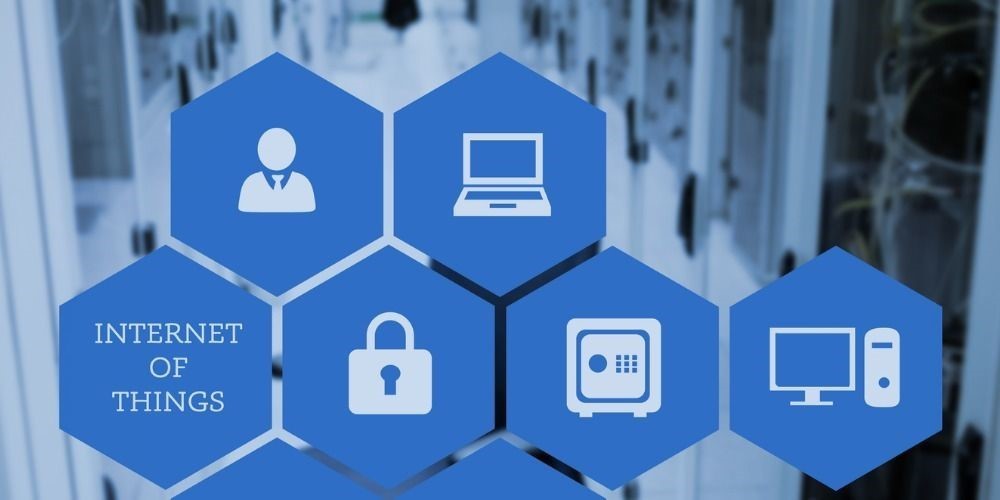
What is the Internet of Things (IoT)?
Here's the simplest definition I could come up with: IoT is a huge array of gadgets that are connected to the Internet. Alexa, Amazon's virtual assistant, is an IoT device. Your intelligent lightbulb, which can be controlled using a smartphone, is an IoT device. If you've got a HVAC system which utilizes an Internet-connected thermostat, that's an IoT device. And yes, any smart plug is an IoT device as well. I think you've got it: almost any gadget that is connected to the web and can gather, process and then send data is an Internet of Things device. The key word is "connected"; there are lots of tiny IoT devices that do an impressive work not because they pack powerful processors and have huge amounts of RAM memory and storage space, but because they are connected to Internet servers that have an impressive processing power. IoT devices collect information by making use of sensors. There are temperature sensors, body posture sensors, light sensors... lots of sensors! These sensors are connected to the Internet of Things devices, and the installed software analyzes the data, processes it, and then takes intelligent decisions and/or triggers alerts. Your intelligent thermostat has sensors that can monitor temperature and humidity, for example. Its companion app is installed on your phone, allowing you to set the ideal temperature in each room. Alternatively, you can give the smart HVAC system full control over your home's temperature, allowing it to heat or cool any room as needed, monitor air quality, and so on. As you can see, IoT devices can be very useful; there are literally dozens of billions of Internet-connected gadgets out there! And the good news is that many of these devices can join their digital forces and interact with each other, helping humans save a lot of time. Experts refer to this ability as Machine-to-Machine (M2M) communication. Here's a real-life example. An Internet of Things device that monitors soil moisture can communicate with a set of intelligent water pumps. Other IoT devices are often used to monitor the performance of water pumps themselves, which may be subject to structural damage, especially when they need to operate for weeks in a row. As a conclusion, IoT devices help improve the quality of our lives by saving us time and money. However, there are a few disadvantages which need to be mentioned before closing this article. For starters, there isn't a unified Internet of Things standard. Therefore, device manufacturers use different infrastructures, identification tokens, communication protocols, device management routines, and so on. As you can imagine, this makes it much harder for IoT gadgets to communicate with each other, especially when they are built by various manufacturers. However, the most important negative aspect of IoT is the lack of privacy and security. Since the Internet of Things is a relatively new industry sector, most device manufacturers have built their products without implementing advanced security mechanisms. Sadly, lots of IoT devices send their data in its unencrypted form, storing it on publicly accessible servers, and thus compromising their users' privacy. These things being said, we can't ignore the huge positive impact that the IoT industry has already had on our lives. Internet of Things devices help us utilize existing resources much more efficiently, minimizing human effort, and thus saving us a lot of time. Let's hope that the IoT industry leaders will join their forces soon, creating an industry standard that solves the aforementioned issues.